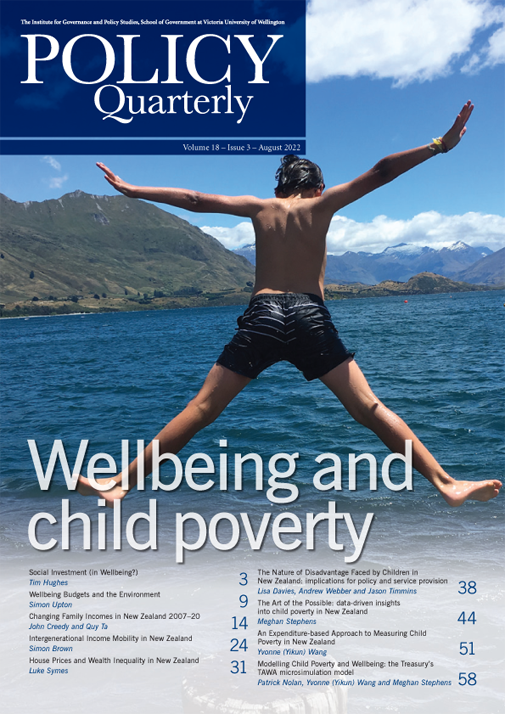Modelling Child Poverty and Wellbeing the Treasury’s TAWA microsimulation model
DOI:
https://doi.org/10.26686/pq.v18i3.7717Keywords:
Poverty measurement, Microsimulation modellingAbstract
Large tax–transfer microsimulation models can play a key role in guiding tax–transfer analysis and reform. This article discusses the Treasury’s microsimulation model of the tax–transfer system (the Tax and Welfare Analysis (TAWA) model), including how it is used and the standard outputs it produces. The article also considers whether these standard outputs continue to be fit for purpose. This includes a discussion of different ways of estimating poverty impacts, the role reporting should give to financial incentives to work, and the opportunities provided by improved data. This final point is particularly important for understanding take-up and the prospect for extending the model to cover non-financial measures.
Downloads
Downloads
Published
Issue
Section
License
Permission: In the interest of promoting debate and wider dissemination, the IGPS encourages use of all or part of the articles appearing in PQ, where there is no element of commercial gain. Appropriate acknowledgement of both author and source should be made in all cases. Please direct requests for permission to reprint articles from this publication to Policy-Quarterly@vuw.ac.nz.



